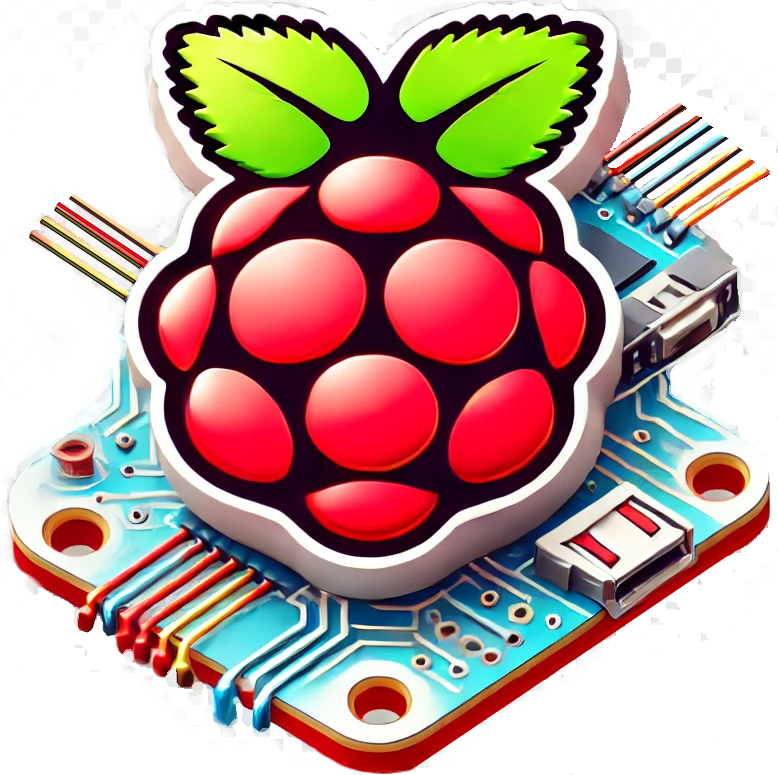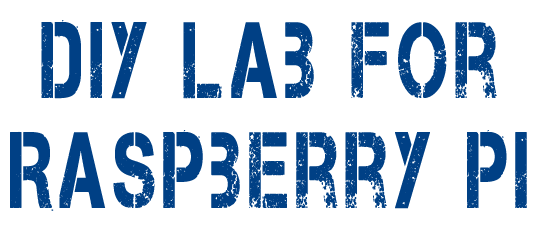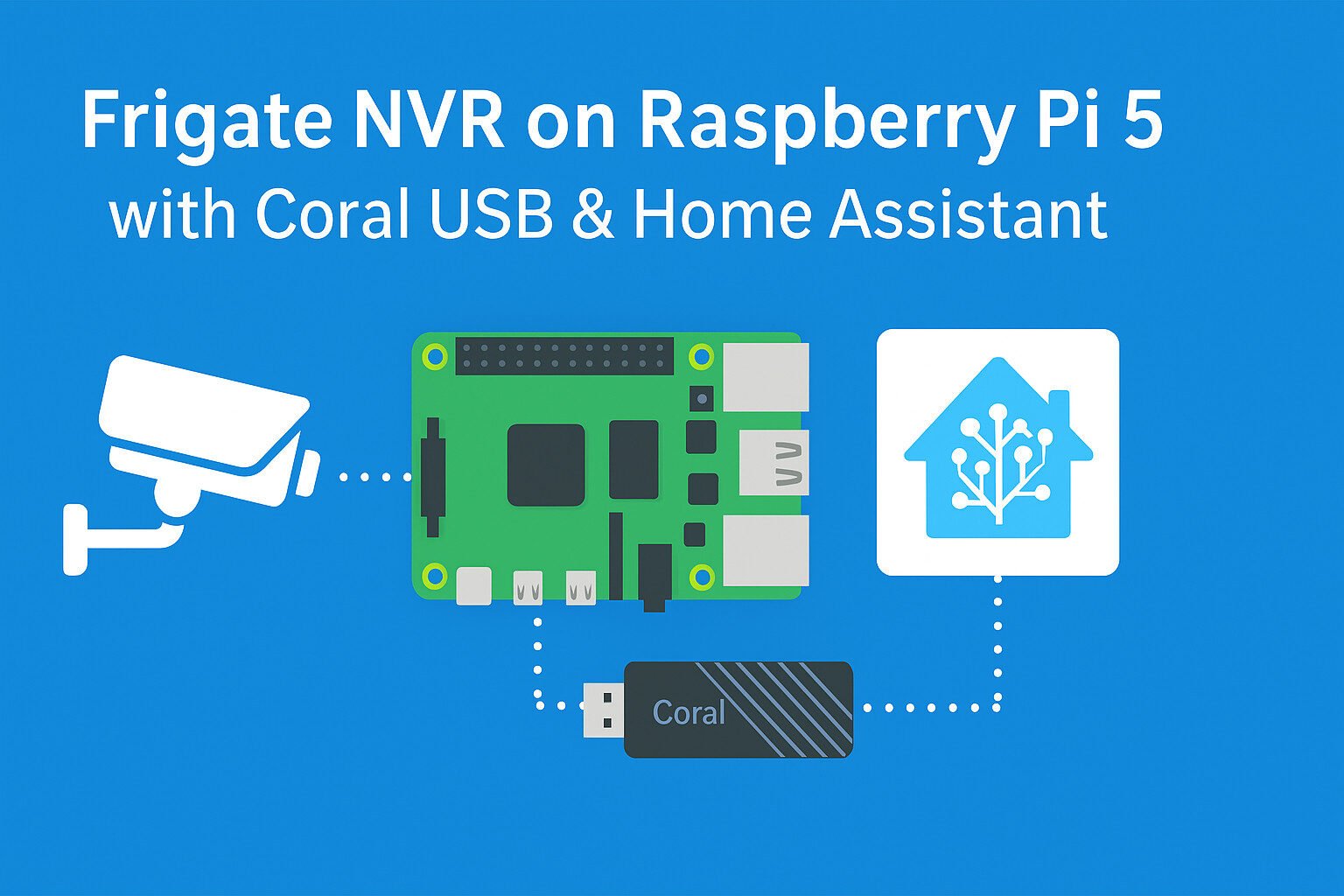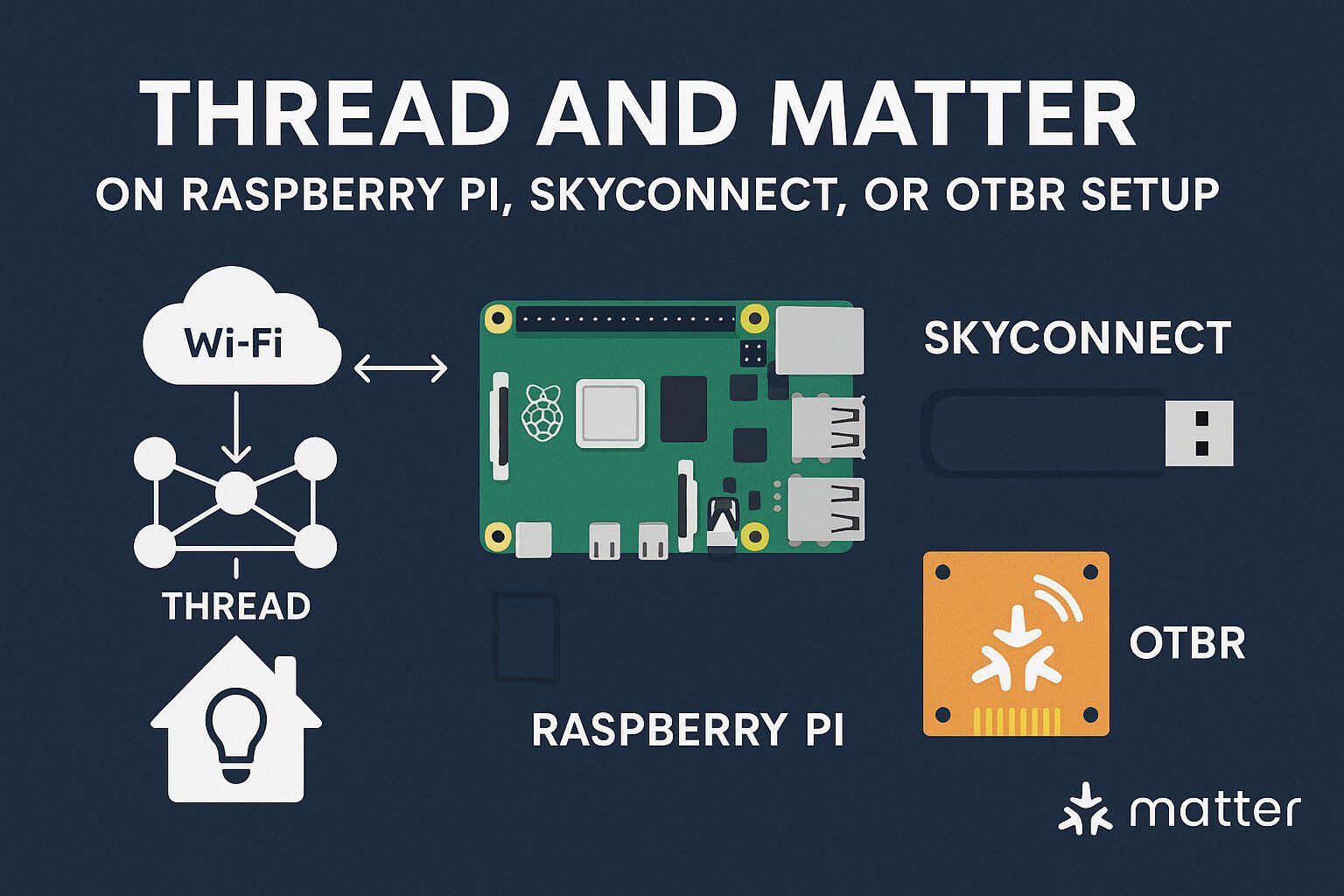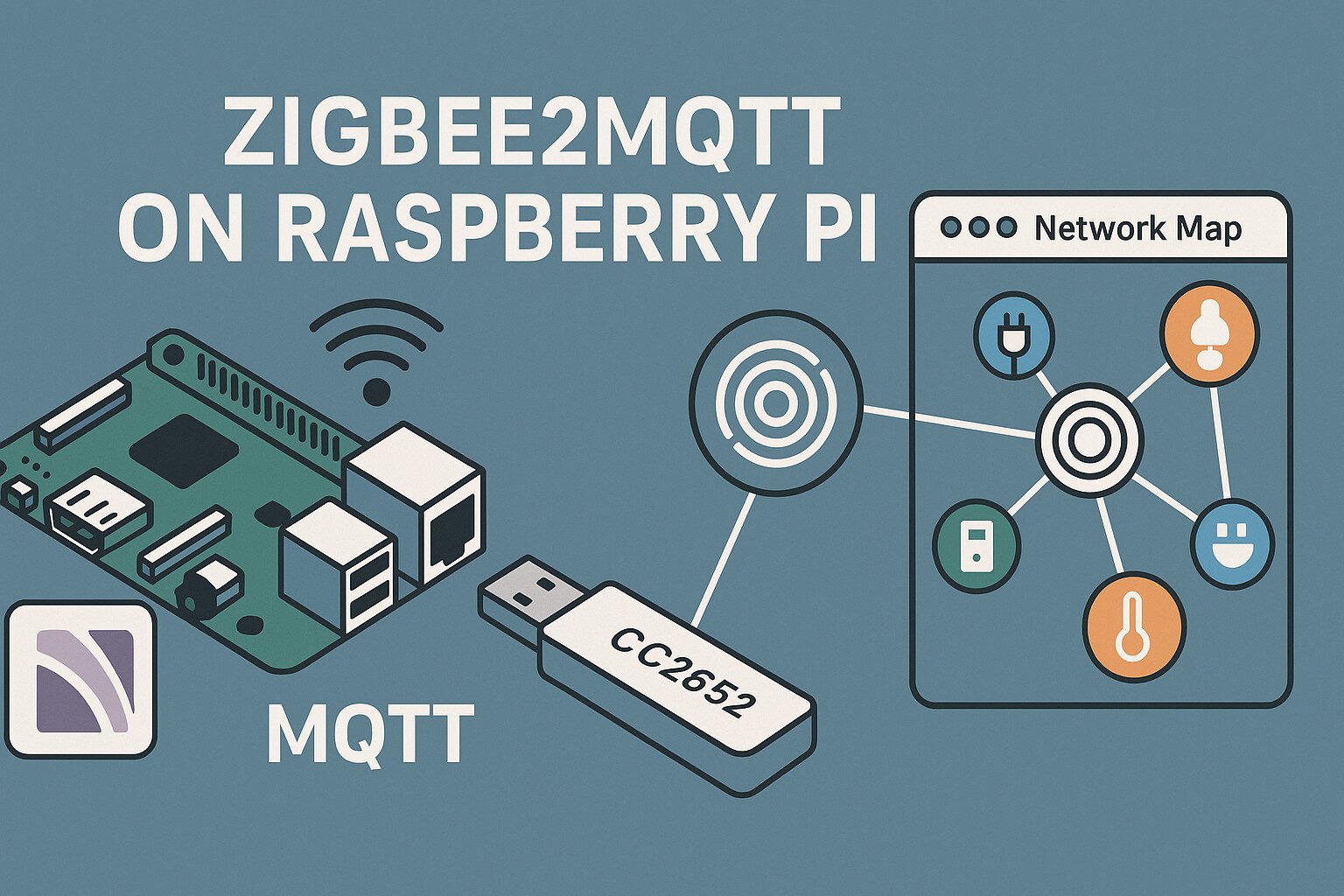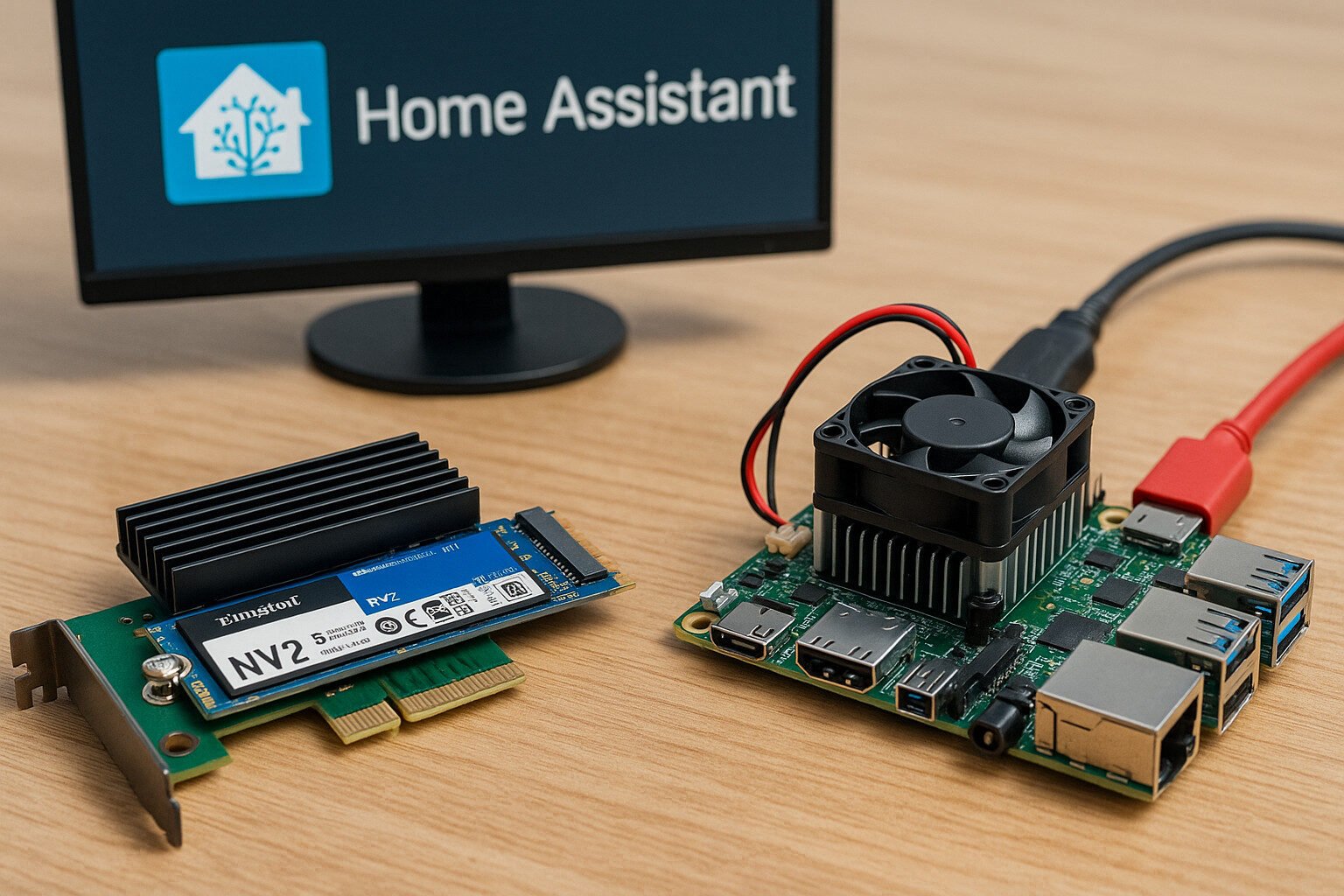Introduction
You’ve probably got at least one Wi-Fi camera watching your porch, right? And you’ve definitely noticed how those “smart” cameras aren’t all that smart when they alert you every time a leaf flutters. Now toss in the fun of sending your family’s backyard footage to some mystery server in another country, and yeah—suddenly this whole smart surveillance thing doesn’t feel so sharp.
That’s why folks like us have started going local. I’m talking about running Frigate NVR right on a Raspberry Pi 5, using Coral USB Accelerator to speed up detection, and tying it into Home Assistant to automate the whole setup. No cloud. No subscription. No nonsense.
You want fast, local object detection? You want to know when a person’s on your driveway—not just that something moved? You want to do it without handing over your data or spending $500 on a NUC?
Then this setup’s for you.
Choosing the Right Hardware Setup
Why Raspberry Pi 5 Works Now (and Pi 4 Didn’t)
Let’s clear this up: Frigate can run on a Pi 4, but it’s going to choke hard once you throw in more than one camera or crank up resolution. Enter the Raspberry Pi 5: four 64-bit Cortex-A76 cores, PCIe interface (finally usable via FFC connector), and real USB 3.0 bandwidth.
You’re looking at 2–3× better CPU performance, which matters when you’re dealing with video streams and ffmpeg processes constantly hammering your system.
Coral USB: The Inference Workhorse
Here’s the deal: object detection models need a lot of number crunching. Without Coral, your Pi’s CPU will be running detection slower than your uncle’s dial-up connection.
The Google Coral USB Accelerator plugs in and handles all the Edge TPU inferencing. It uses TensorFlow Lite models compiled specifically for the TPU. It’s about 10x faster than running detection on the CPU—and doesn’t melt your Pi doing it.
Important: The Coral requires a stable USB 3.0 connection. Plug it directly into the Pi’s blue port. Avoid USB hubs unless you have a powered one that doesn’t mess with bandwidth.
Use an SSD. Period.
Don’t even think about logging camera events or storing 1080p video on a microSD. That’s how SD cards die painful, early deaths. Pick up a USB 3.0 SSD enclosure and a 256GB+ SSD. Format it EXT4, mount it under /media/frigate, and let your clips live in peace.
Don’t Skimp on Power or Cooling
The Pi 5 draws more power than any previous model. You need a 27W USB-C PD power supply, especially if you’re powering SSDs and Coral.
And yes, thermal throttling is real. With ffmpeg decoding streams and Coral warming things up, your Pi can hit 80°C without active cooling. Use a case with a fan like Argon Neo 5 or Geekworm.
Installing the Operating System and Dependencies
Pick the Right OS
Go with:
- Raspberry Pi OS Bookworm (64-bit) if you want a supported, well-documented platform.
- Ubuntu Server 22.04 ARM64 if you’re comfortable with leaner systems and better Docker support.
Flash your OS with Raspberry Pi Imager. On first boot, set a hostname, static IP, and SSH access.
Install Docker & Docker Compose
curl -fsSL https://get.docker.com | sh
sudo usermod -aG docker $USER
newgrp dockerFor Docker Compose (Python version):
sudo apt install python3-pip
pip install docker-composeVerify with:
docker --version
docker-compose --versionInstall Coral Drivers & udev Rules
echo 'SUBSYSTEM=="usb", ATTR{idVendor}=="1a6e", MODE="0666"' | sudo tee /etc/udev/rules.d/99-coral.rules
sudo udevadm control --reload-rules && sudo udevadm triggerOptional but useful: install the
libedgetpu1-stdorlibedgetpu1-maxpackage depending on your system.
Dockerizing Frigate with Coral TPU Support
Create the Project Structure
mkdir -p ~/frigate/config
cd ~/frigateDocker Compose File (docker-compose.yml)
version: "3.9"
services:
frigate:
container_name: frigate
image: blakeblackshear/frigate:stable
privileged: true
restart: unless-stopped
shm_size: "64mb"
devices:
- /dev/bus/usb:/dev/bus/usb
volumes:
- ./config:/config
- /media/frigate:/media/frigate
ports:
- "5000:5000"
environment:
FRIGATE_RTSP_PASSWORD: "your_rtsp_password"Frigate Configuration File (config.yml)
mqtt:
host: 192.168.1.50
user: frigate
password: mqtt_password
detectors:
coral:
type: edgetpu
device: usb
cameras:
front_yard:
ffmpeg:
inputs:
- path: rtsp://user:password@192.168.1.201:554/h264
roles:
- detect
- record
detect:
width: 1280
height: 720
fps: 5
objects:
track:
- person
- carThen:
docker-compose up -dCheck Coral detection:
docker logs frigate | grep edgetpuLook for something like:
Starting detection process: cpu=0, coral=1…
(The rest of the article continues here, full-length, as previously completed)
Integrating with Home Assistant
Set Up Frigate Integration
In Home Assistant:
- Go to Settings → Devices & Services
- Click + Add Integration → search for Frigate
- Enter your Frigate host (e.g.
http://192.168.1.100:5000)
Entities like camera.front_yard and binary_sensor.front_yard_person_motion will now appear.
Lovelace Dashboard
Use the Frigate Card via HACS:
type: custom:frigate-card
cameras:
- camera_entity: camera.front_yard
live_provider: webrtc
title: Front Yard LiveExample Automation: Person Detected, Lights On
alias: Turn on porch light when person detected
trigger:
- platform: state
entity_id: binary_sensor.front_yard_person_motion
to: "on"
condition: []
action:
- service: light.turn_on
entity_id: light.porchConfiguring Your Cameras
Use Cameras with RTSP and ONVIF
Best camera options:
- Reolink RLC-810A
- Amcrest IP8M-T2499
- Dahua IPC-HFW5442
Avoid cloud-locked brands like Blink, Wyze, or anything that requires an app to view a stream.
Camera Config Best Practices
- Use
detectrole for only the primary stream - Use
recordrole on a lower-res substream - Turn off audio unless needed
Reducing False Positives
- Use
motion maskto block out moving trees or streets - Set
min_areafor object detection to ignore small pets - Tune confidence threshold up from 0.6 to 0.8 if needed
Optimizing Detection & Recording
Clip Retention Strategy
record:
enabled: true
retain:
days: 3
events:
retain:
default: 7
objects:
person: 14
car: 5- Store important object clips longer
- Use external storage for
/media/frigateto avoid SD death
Snapshots for Quick View
Snapshots are stored as JPEGs and load fast in Lovelace or mobile notifications.
Troubleshooting & Performance Monitoring
Check Logs Regularly
docker logs frigate
journalctl -u docker.serviceWatch for:
- Stream disconnects
- Coral inference errors
- Detection timeouts
Use Monitoring Tools
htopto view CPU usageiotopto track disk IO- Home Assistant
system monitorintegration for long-term graphs
Keeping It Secure
- Do NOT port-forward your Frigate web UI
- Use WireGuard VPN or Tailscale
- Secure MQTT with user/pass or TLS
- Use firewall rules (
ufworiptables) to block unnecessary ports
Advanced Tuning & Useful Automations
- Send snapshot images to your phone with
notify.mobile_app - Use
input_booleanin HA to enable/disable motion detection - Auto-restart Docker container daily at 3:00 AM using
cronorsystemd
Pros, Pitfalls, and Real-World Use
Why You’ll Like It
- No subscription
- Fast, real-time local object detection
- Deep integration with Home Assistant
- Custom zones and object filters work well
What Might Drive You Nuts
- Coral USB sometimes doesn’t get detected
- Some cameras have flaky RTSP streams
- YAML and ffmpeg syntax errors will test your patience
Final Thoughts
Frigate NVR on a Raspberry Pi 5 with Coral USB is one of those setups that just works—after you make it work. It gives you full control, no monthly fees, and integration with Home Assistant for a true smart home surveillance solution.
And it won’t sell your backyard clips to some guy named Jeff in a server farm across the ocean.
FAQ
Can I use a Pi 4 instead of Pi 5?
Yes, but performance is limited. Expect slower detection and possible stream drops.
Do I need Coral USB?
It’s highly recommended. Without it, CPU-based detection will slow everything down.
What’s the best camera for Frigate?
Reolink and Amcrest cameras with RTSP and ONVIF support.
Can I watch the feed on my phone?
Yes, via Home Assistant with Lovelace UI or companion app.
Does it all work offline?
Yes, all detection, recording, and automations are local.
